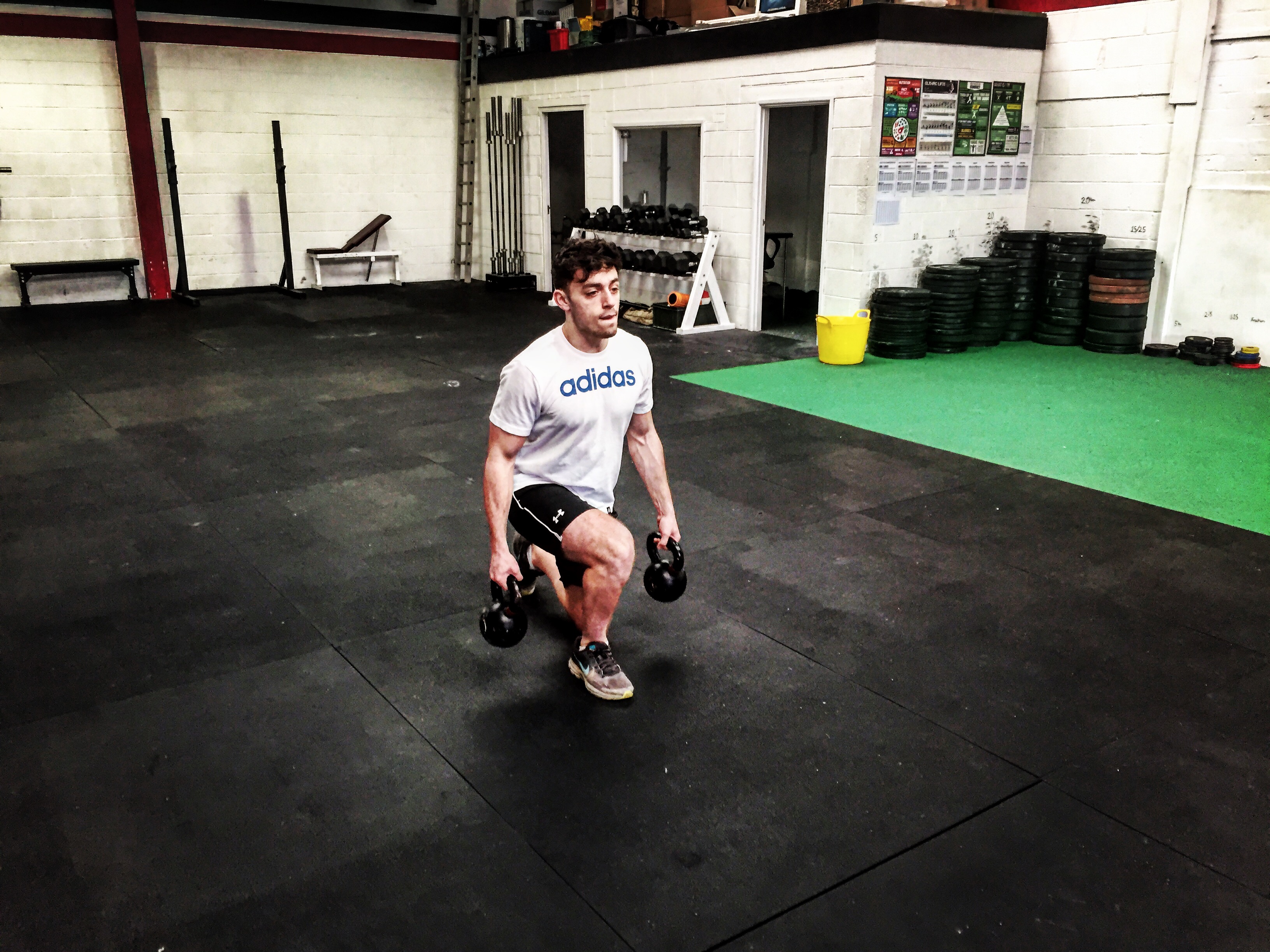We’ve all been there at some point, particularly with resistance training. Everything is going great, then boom, no more gains! There are many reasons you can hit a plateau and training can stagnate. Rather than getting frustrated, the faster you can figure out how to break the slump the better. Could isometric training help break the plateau?
Isometric Training
Don’t fancy looking into the research too much? Wikipedia – yes I’m quoting wiki in a blog, provides the following description.
Isometric exercise are a type of strength training in which the joint angle and muscle length do not change. Isometrics are done in static positions, rather than being dynamic through a range of motion.
Wikipedia is correct! I’m not saying you should believe everything they say! In this case though, you don’t need to know a great deal more to understand this blog. If you do fancy learning a bit more, click HERE.
These static contractions have a number of advantages, including tendon morphology, force overload, “sticking point” training and potential pain free force application. These advantages are mainly due to the fact that you create near, if not maximal contractions and high tension without large loads or fatiguing eccentric phases.
Potential Issues with Isometric Training
Whilst they seem to be a risk free, effective method of training, there are a few downfalls.
- They aren’t particularly exciting for athletes. This can mean buy in is not always optimal! Think of your audience and whether or not engagement is an issue.
- They provide limited feedback or a sense of reward for an athlete. Trying really hard in one sport is actually quite hard to do for the duration of a whole session!
- It is difficult to quantify exactly how much load or force is being produced without specific equipment.
- Isometrics are joint angle specific. This means they may only improve strength across very narrow parameters. In addition the setup of each movement may heavily influence the outcome or adaption.
- Adaptations are not the same to dynamic movements. So, trained alone, isometrics will leave large holes in performance.
Final Thoughts
Yes, the use of static contractions within your training may well be the change in scenery you need! As part of my role as an Expert Personal Trainer in Berkshire, I need to provide programmes that address all aspects of performance. If you have hit a plateau, have particular sticking points, or need to reduce external load due to injury, I may well use isometrics. However, they will always be implemented as part of the larger picture.
